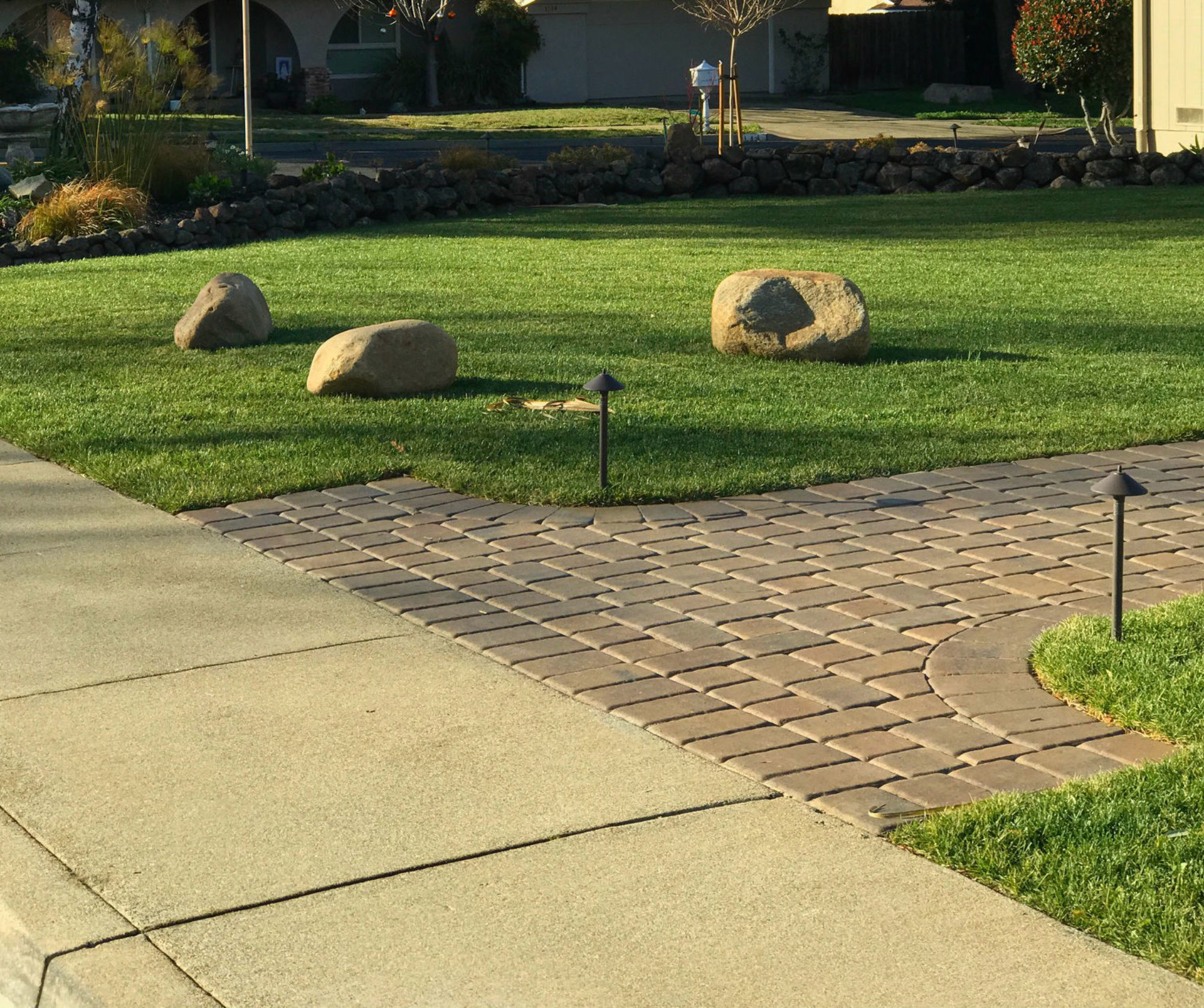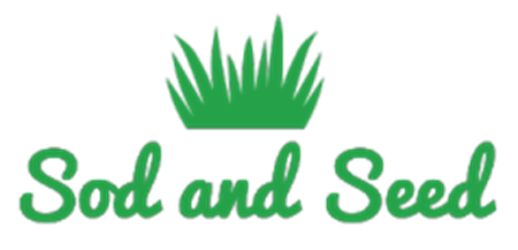
Our Delta Blue-Rye is 50% Bluegrass Blend & 50% Premium Ryegrass Blend. Perennial ryegrasses are known for their fast growth habits and bright green coloring, which helps it to grow quickly and rebound in high-traffic situations like athletic fields or parks. Ryegrass also roots quickly and regrows rapidly, meaning that it’s a great grass for filling in damaged areas and supplying a consistent and voluminous abundance of grass.
Delta Blue Rye 50/50 often seen in sports fields, golf courses, and other commercial properties that see a lot of traffic. This type of sod is great to have on any property.
Characteristics:
• Grows well in sandy or heavy soil
• Dark blue-green color year-round
• Natural rhizome structure provides quick healing and uniform growth
• Developed for golf courses and sports fields











